Militant Gardening – Defending Against the Pest Hoards
“How can I defend against garden pests?” I get that question a lot. Living in the Chicagoland area means defending my garden against deer, skunks, opossum, raccoons, voles, moles, mice, rabbits, chipmunks, squirrels, insects, and birds. It’s war. And it’s not pretty. Spraying chemical insecticide’s in my organic garden is not the preferred approach. I usually hand pick insect pests or spray them with soapy water. Right now you can find all sorts of organic products such as Liquid Fence on the market to protect against animals. Some liquid garden fences are made from hot peppers, other products are made from animal urine or some other all natural ingredients that stink to high heaven. In my experience, the products are only effective about half of the time. In the end, a hungry deer or rabbit can destroy your garden in one tragic evening. I have had some success by surrounding my garden with smelly plants like globe basil and marigolds. Of course, there’s always a fence. A more successful solution than sprays or powders, putting a fence around your garden is probably the best way to defend against animal pests.
What Is Militant Gardening?
With this fence concept in mind, I wanted to show you a privately owned garden in my community. And no – it is absolutely not my garden, but I am curious about what you think. I like to title this gardening technique “Militant Gardening”. The owner of this garden has surrounded his patch of vegetables with a 6 foot fence that is buried in the ground and covered with cement block edging at the bottom where the fence meets the ground so burrowing animals cannot get under. There is a secondary fence with tighter rungs attached to the base of the larger fence to help with smaller animal invasion. Wire is stretched over the top at one foot intervals to prevent birds from invading. The garden itself is lined with black landscaper fabric – it prevents the special garden soil from touching the ground and getting the native dirt and insect pests mixed in with the high-end vegetable garden soil. Each garden space is measured out exactly. Several feet of gravel surrounds the exterior of the six foot fence – kind of a desert perimeter with no plants growing. Outside of the desert gravel perimeter and six foot fence is a final black fabric fence to further inhibit large animals from invading the garden zone.
Is it worth it?
I think a fence can be a good thing for a garden, but this might be taking it a little too far. What say you about this particular brand of militant gardening? I’m interested in your opinion. Please leave a comment below and let me know what you think.
Source: Nature First Pest Control.
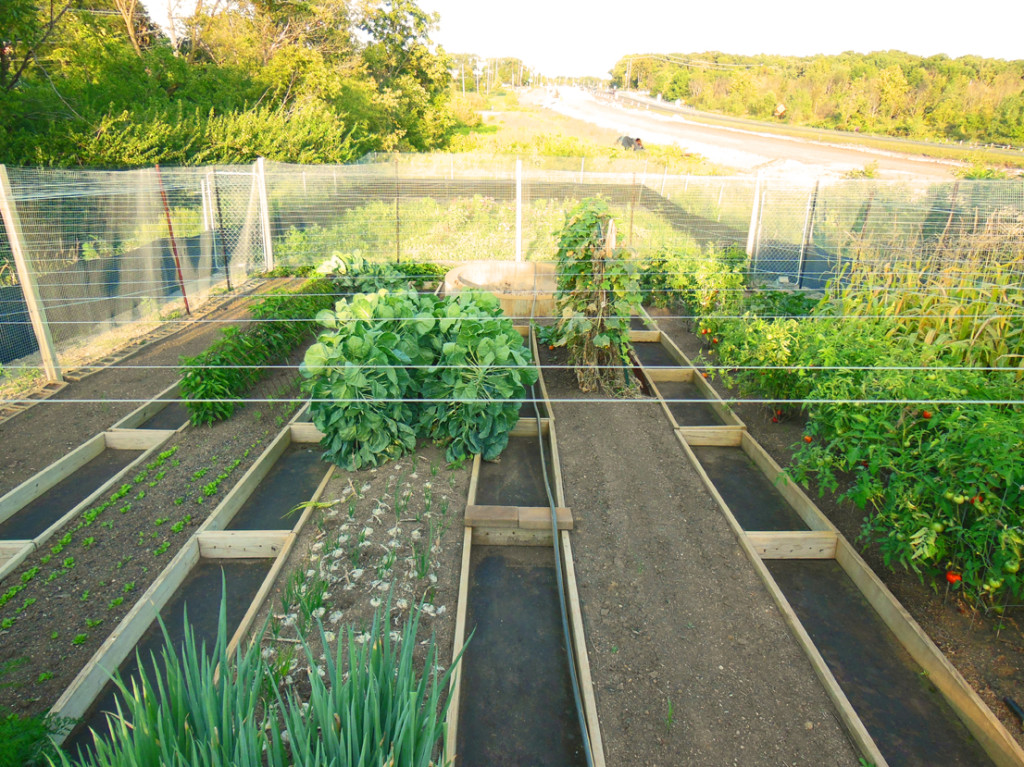
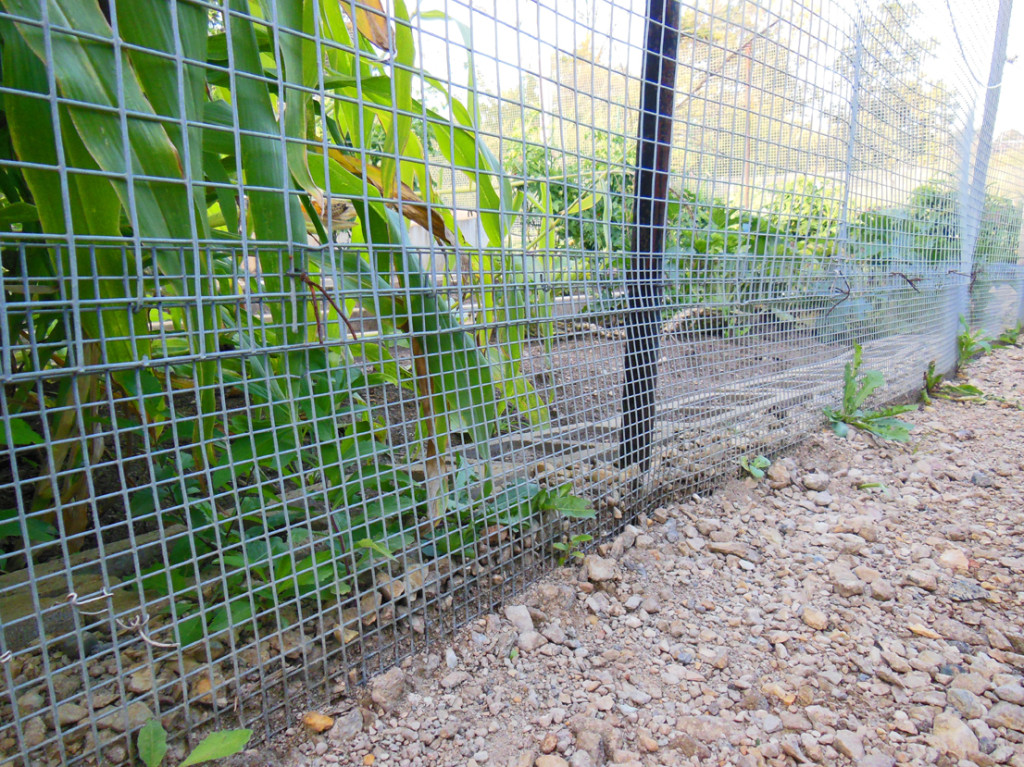
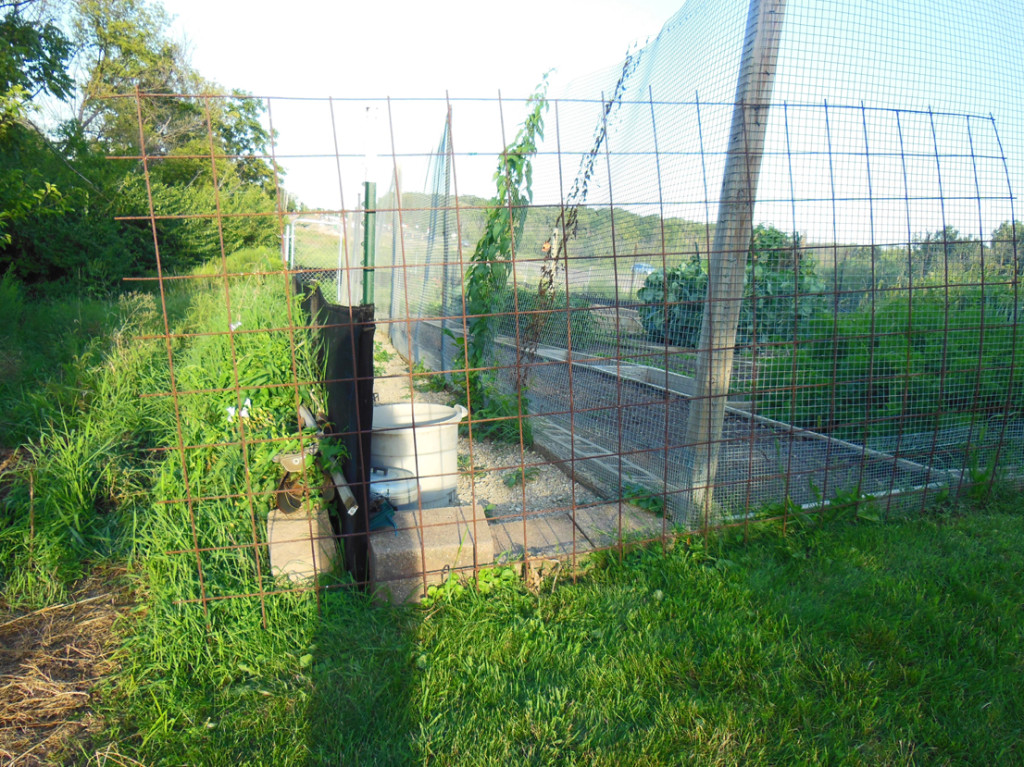
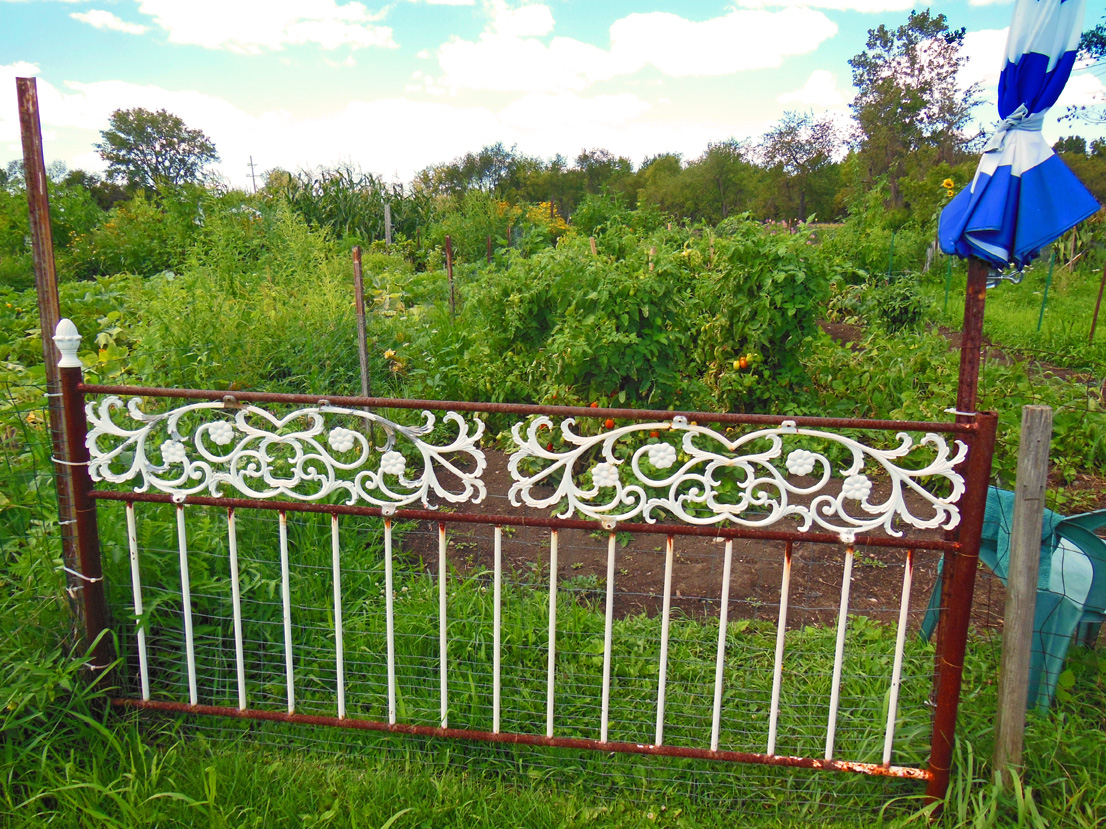
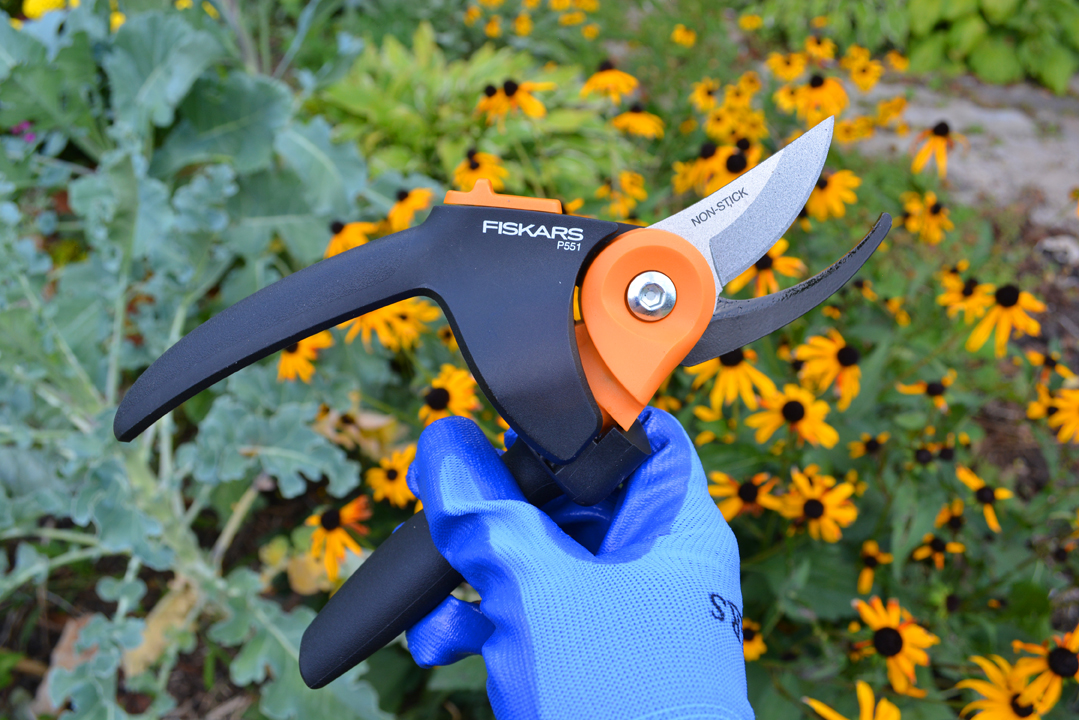

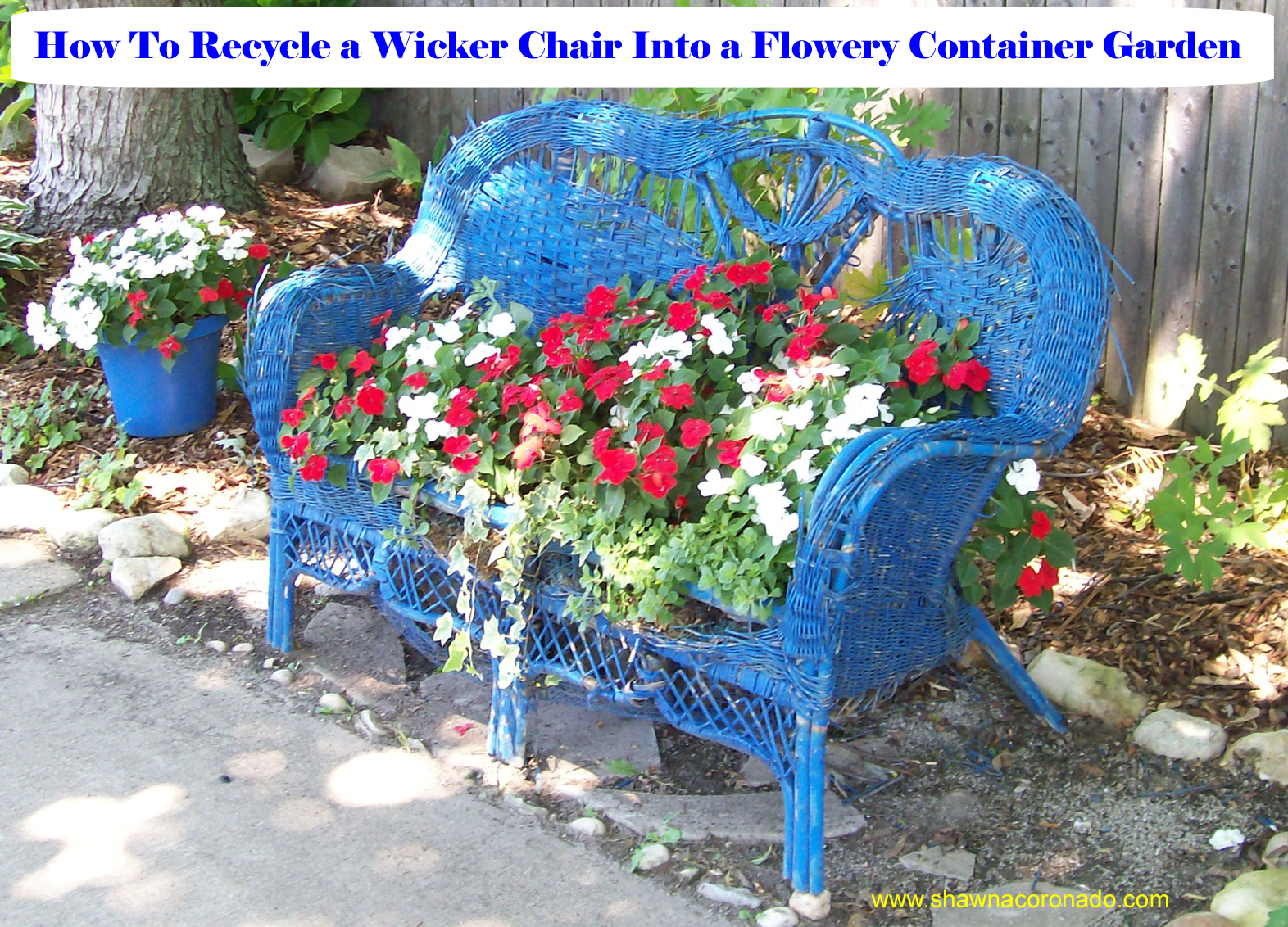
IMHO, not worth it to me. I figure it’s only fair that a share a little of my bounty with the creatures, since we have totally destroyed their habitat. Liquid fence, scouting for pests, and some of the less aggressive methods you mentioned are my preference. But, in the end, to each their own. I prefer to think of it as an experiment in nature rather than war. And killing breathing beings is not my first choice–relocation when possible.
It appears to me this gardener took the steps to secure the garden first(which most gardeners do over time) I would look at the end yield and that would tell me if all this was worth doing.
I think it’s certainly a ton of work. Perhaps it would depend on how aggressive the deer are?!?!
Yes. And I don’t have an answer to that. You are correct – if it yielded 2,000 lbs worth of produce it might be a great step, but if it only yields a few bowls of tomatoes, why spend all the money.
I personally like to balance pest control with beauty. The veggie garden is part of the landscape and can be just as beautiful as the rest of the landscape, even with pest control measures.
This homeowner appears to have done a fantastic job deterring pests, but it’s not pretty (IMO). For him/her, high yields are the number one priority, and that’s fine. I like a little more beauty in the veggie garden.
I do not mind sharing my garden with wildlife, but in my area there are large herds of deer,which can strip an entire huge garden overnight; when we first moved here our electric fence faild, and overnight the deer ate hundreds of daylilies and almost a thousand seed pods,an entire year’s crosses. My solution is a large fence around the entire yard, with gardens, paths, ponds and relaxation and play areas included in the entire large are; the area is defended, but still attractive and livable, integrating the garden into your living space. Even with this, woke up one morning to find a large hole in one of my 300 pound pumpkins with an extremely overstuffed racoon inside, feasting on the seeds. Solved this with a garden friendly dog, who does not hurt the animals, but chases them over the fence into one of the many wild water and foraging areas we have built for wildlife. the main problem that I see concerning productivity is the technique of spreading landscaping fabric at ground level and then putting special soil in a raised bed. That might work in some areas, and perhaps even in Texas for winter gardens, but the only way I have been able to get extreme productivity throughout the Texas summer heat is to dig my gardens at least 3′ deep, then another foot raised above ground level. This allows for large enough root growth at depths where the soil is still moist and cool, to allow the plants to thrive.
Having a wooded area behind us and many deer, this is a constant battle. I’ve thought of doing a perimeter fence, but don’t like the idea of being fenced in. Liquid fence seems to work, but it needs reinforcing periodically and after rain.
Ground hogs are the other main nemesis. I have various ways of dealing with them and most of these are not exactly legal where we live.
The biggest problem with this garden is the cost. I always look at how cost-effective things are in the garden. All of the measures outlined above are expensive, especially if you do it all at once.
I guess the bottom line is if that’s what you want to do, then do it, it’s just not for me.
It seems a bit over the top to me. Being on the board of our community garden, one thing that occurs to me is that the concept makes gardening completely unaffordable for the average person, never mind the poorer person, who really needs the garden for food. I also think in terms of sustainability. The black landscape fabric is something I’ve tried to get away from as I don’t feel it is environmentally sound. I recognize that pests are frustrating but I prefer to tinker with alternative ways to cope with them. Say, an 8-foot fence for deer. Try floating row covers for birds and insects. Plant enough to accommodate your pests.
But I can see how a recreational gardener, with few money concerns, and really pissed off over pests, can think they’re going to go for broke and guarantee a great production!
Agreed and interesting point.
Texas is hell for gardening in the summer – I can imagine all the challenges you face. Thanks for the note!
Shawna
Understood and agreed for me. It’s been an interesting day of comments on FB and the blog — new ideas. 🙂
Shawna
I like the idea of floating row covers for birds and insects!
Shawna
A tall fence with very small holes at the bottom will work to keep many critters out and row covers can help keep birds and insects out, but unless the garden is encased in a solid fence cage, as it were, with the top covered also, squirrels can still get in and do a lot of damage. I’m wondering if you or your readers have a good alternative non-toxic control for squirrels.
Having lost several gardens to woodchucks (including $40 worth of beautiful Echinaceas the day after they were planted), I can certainly sympathize. I think it is also commendable that the gardener didn’t resort to nuking with chemicals. And the special soil might be required if the soil is contaminated. Still, all the things together seems a bit over-the-top. I wouldn’t work that hard.
Tina, I totally agree with you. It is not pleasing to the eye. While that is not the most important thing, I still find it important to me for the look and feel of my yard and garden.
Shawna, do you find it difficult to check on your plant, or to harvest in the middle of a row?
Connie – this is not my garden if you remember. This is someone else within my community so I don’t have the answer for this. My apologies!
Shawna
Some people choose to trap and release squirrels or use liquid fence. The problem is there is no “sure way” to prevent a squirrel attack.
LOL! Agreed.
Squirrels climb and dig. They have been known to steal your newly planted flower bulbs in the fall to add to their stash for the winter. Chipmunks, moles and rabbits (and maybe others) all burrow. You would have to trench and sink a fence. Too much work for me.
Shawna, as we live in the same neighborhood, have you seen deer around here? We did have a woodchuck living under our shed for a year or two. That was long ago and haven’t seen him since. That may have been before we fenced our yard. We get way too many rabbits!
As for me, my fruit and veggie plants or seed will be organic or heirloom. As for garden wreckers, pests and weeds, I will go with non-toxic fixes. Some can be found in home and garden centers. The internet is loaded with recipes for non-toxic control.
I am hoping to try straw bale gardening either this season or next year.
Connie – There’s a great book out on Straw Bale Gardening by Joel Karsten. It has some great photos and really shows how it’s done – I love it. Find it and use it as a great reference! 🙂
Shawna
I guess I could give it a try and figure out the best way to handle that.
Considering the close proximity of the garden to the interstate I would presume the first pest is of the two-legged variety who may have been helping themselves to the tomato bounty. And yes, sadly, one has to gate their food source to keep it from hungry animals, and must also string something overhead (although I believe fishing line would work sufficiently.)
This year I wrapped my garden to prevent deer from nibbling my corn. It isn’t pretty, but neither is an empty pantry. Is the cost worth it? If you plan on feeding your family… absolutely. I just returned from the grocery store, a single bell pepper is over two bucks and it is hothouse grown.
However, I dislike the “perfection” in the image, that can not realistically be maintained. Leaves fall, dirt accumulates in those pristine plastic areas. I want to see what the garden space looks like three years from now. Newbie gardeners often give up after the first years because their expectations aren’t realistic.
As always, loved the blog.
RWinchester
Yes, I am on his email list. It includes useful info each post. I really should get the book. Amazon probably has it. Thanks for passing that on. 🙂
Makes sense to me. If this person got sick of battling critters for their produce why not take the steps needed to protect the garden? What is “too far”?
It is heart breaking when a plant you grew from seed is munched down in one night. Too far might be if he had robot controlled sniper towers at each corner of the garden to shoot at any approaching deer. Different layers and types of fencing to protect against the different pests this garden faces seems to be the “just right” approach.
I rather like the orderliness of it. Though in your neighborhood, it is perhaps a bit overkill. But… to each his own. Looks like this gardener is less concerned with overall aesthetics than production. But doesn’t order have its own beauty? If they have the time and inclination and resources, I say go for it. I would also imagine if a garden were located in a more rural location, this type of lock-down might be required!